Contents
Diplomacy on the Brink: Iran Tensions Escalate
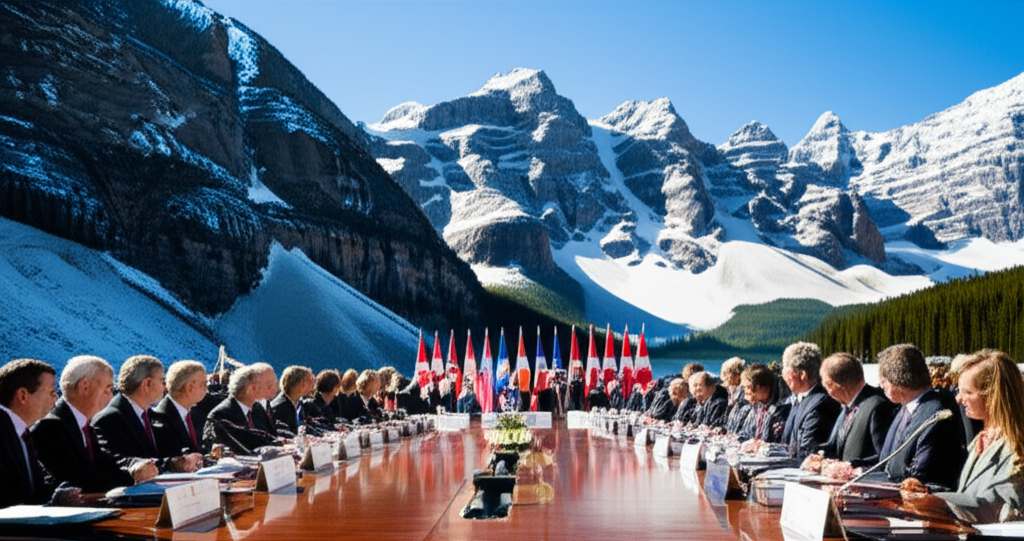
Iran:
The Complexities of Global Leadership: A G7 Summit in the Canadian Rockies
As the world’s largest industrialized nations gathered for a G7 summit in the picturesque Canadian Rockies, a complex web of geopolitical tensions and crises threatened to upend the delicate balance of power. The Russia-Ukraine war dominated the agenda, with European leaders pushing for stronger action against Moscow to bring an end to the conflict.
A Divided
Ukrainian President Volodymyr Zelensky’s departure from the summit left a sense of disappointment among his fellow G7 leaders. Despite receiving fresh aid from host nation Canada, Zelensky was denied a unified declaration of support from the group and an opportunity to meet US President Donald Trump. The Ukrainian president’s frustration was palpable as he vented about the lack of progress on the war front, stating that “diplomacy is now in a state of crisis” and calling on Trump to use his real influence to force a ceasefire.
The divisions among G7 nations were starkly illustrated when Canada scrapped plans for a firm statement on Ukraine due to opposition from the United States. Canadian Prime Minister Mark Carney’s decision to provide C$2 billion ($1.47 billion) in new military assistance and impose financial sanctions was seen as a calculated move to pressure Russia into a real ceasefire.
A Middle Eastern Crisis Takes Center Stage
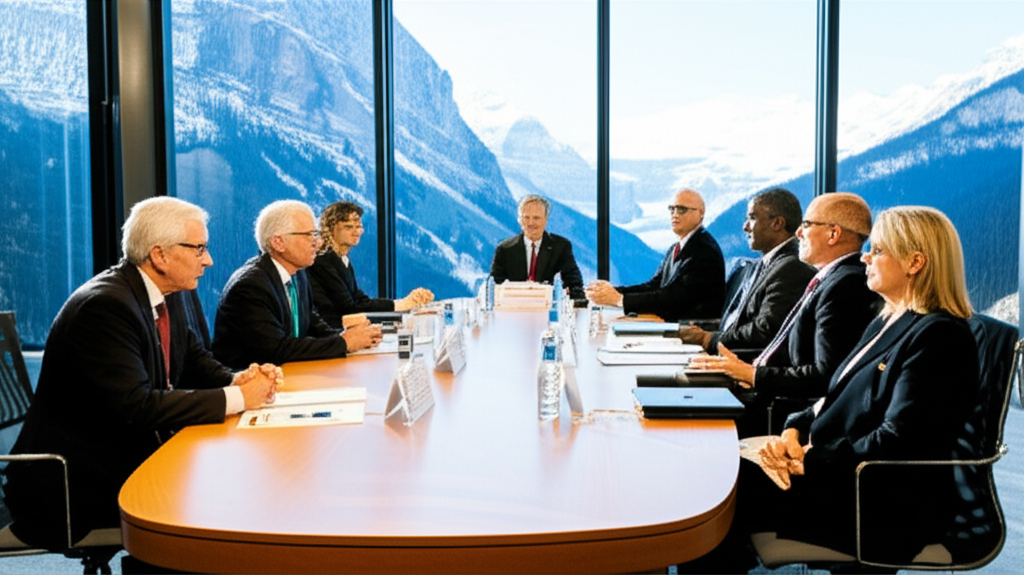
The Israel-Iran crisis, meanwhile, took center stage when US President Trump abruptly departed the summit citing “what’s going on in the Middle East.” The White House later clarified that it had nothing to do with a ceasefire, but rather Trump’s concern about the escalating tensions. G7 leaders called for calm and reaffirmed their commitment to global peace and energy stability.
However, the situation on the ground remained dire. Iranian officials reported 224 deaths, mostly civilians, while Israel said 24 civilians had been killed. The International Atomic Energy Agency (IAEA) confirmed that Iran’s Natanz nuclear facility sustained heavy damage, with up to 15,000 centrifuges likely destroyed.
What Next for Global Diplomacy?
As the world watches with bated breath, one question lingers: will diplomatic efforts be enough to bring an end to the conflicts in Ukraine and Iran? Can President Trump’s leadership and influence tip the balance towards peace, or will the complexities of global politics continue to frustrate efforts at cooperation?
The G7 summit may have been a missed opportunity for unity on the Ukraine conflict, but it has highlighted the need for collective action in the face of rising tensions. As the situation on both sides of the Mideast and Eastern European borders continues to unfold, one thing is certain: the world needs leaders who can navigate this complex web of crises with wisdom, resolve, and a commitment to peace.
The Road Ahead
As the global landscape shifts, it’s clear that diplomacy will be tested like never before. The question on everyone’s mind is: what next for global leadership? Will we see a renewed commitment to international cooperation and conflict resolution, or will the complexities of geopolitics continue to prevail? Only time will tell.






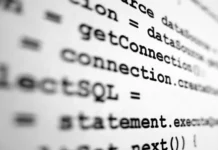


















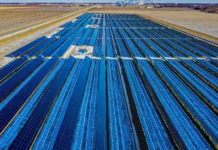
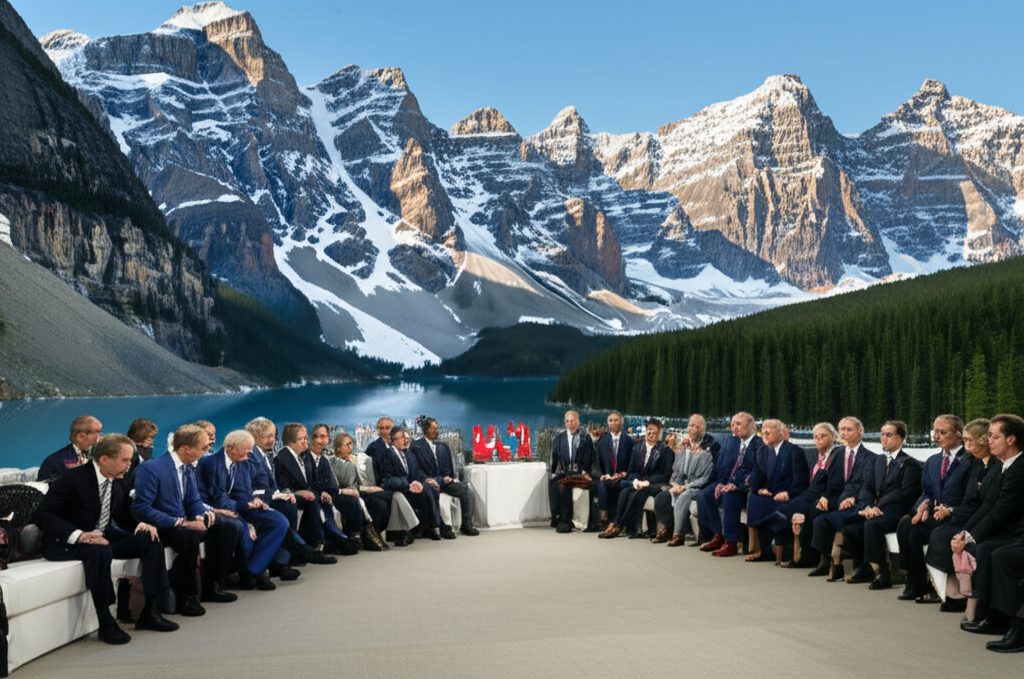


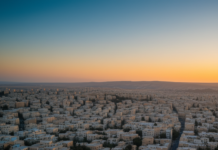



![Download Whisper For PC Windows [APK] Download Whisper For PC Windows [APK]](https://mobupdates.com/wp-content/uploads/2018/01/Untitled-100x70.png)









 Online casino
Online casino